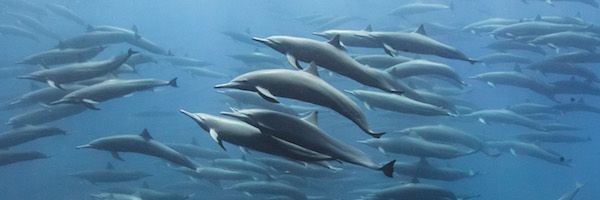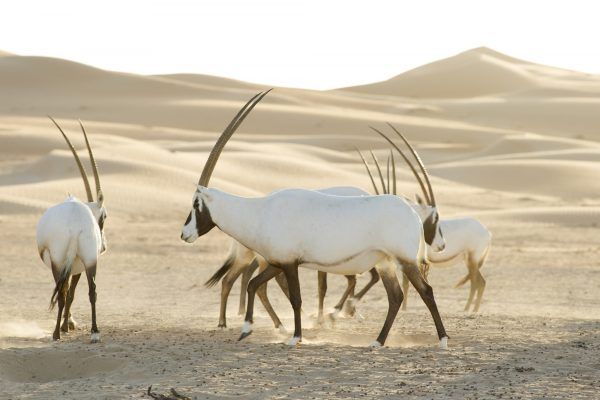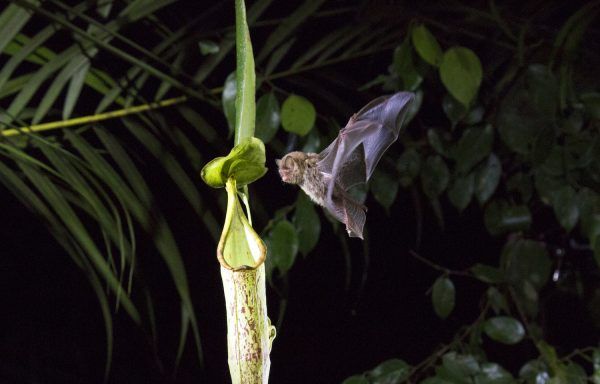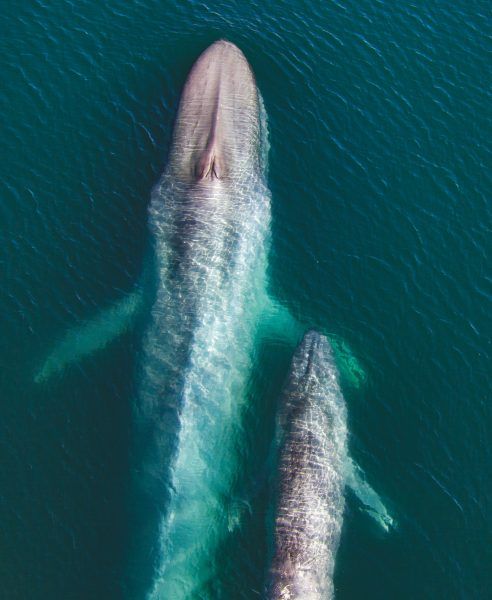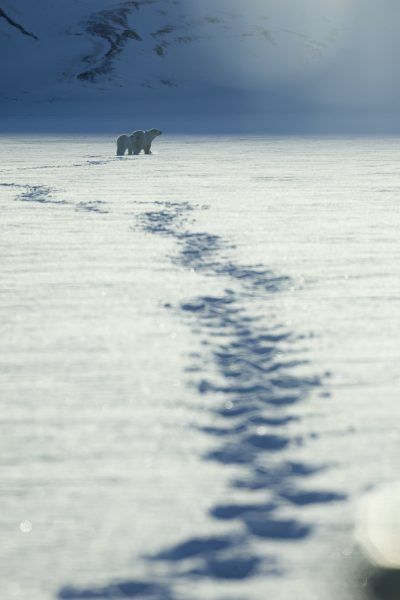It will not surprise anyone who has watched the Planet Earth or Blue Planet series that Netflix’s new nature documentary Our Planet (from Planet producer Alastair Fothergill) is absolutely stunning. The 8-part series, narrated by Sir David Attenborough, is the culmination of a 4-year collaboration with Silverback Films and the World Wildlife Federation. That latter partnership is what really sets this series apart, though, as it leans in heavily to conservationist themes.
Most of Our Planet’s episodes focus on regions like jungles, grasslands, and the frozen tundra, although its premiere and penultimate episodes (on fresh water, specifically) take a more macro view of the interconnectedness of our world and related consequences. The start of each hour begins with the hope that we can find a way to sustain nature alongside humanity, and as such, each episode repeats a pattern of introduction, exploration, and conservation. Something wonderful is introduced, we see how its environment is threatened, and then the segment ends on a hopeful note that things can still change.
Our Planet’s scope looks at the cost of human-caused destruction in the past 50 years, and nothing will bring that to life more acutely than seeing weary elephants finding their desert oasis dried up, or other mass disappearances of desperate megafauna as they lose their habitats. Thankfully the series is not shy about saying the words “global warming,” and the numbers are dire, with 70-90% habitat loss in just the last few decades depending on the region, and massively reduced populations because of human expansion into agriculture and the damming of rivers. Most harrowing of all may be a scene at the end of the premiere, where we watch 75 million tons of glacial ice breaking free and melting into the surrounding water.
However, the documentary is not focused solely on conservation, though it does always come back around to it. Its desire, as with the other Planet series, is to explore the wonders of our world. Even to a layman’s eye, the evolution of the camera technology used to document these amazing animals and their habitats is staggering. The level of detail in the use of slow motion, time-lapse, extreme close-up, and awe-inspiring aerial shots adds up to something extraordinary. There are so many rare delights, like hidden cameras that have captured reticent Arabian leopards, or the whimsical marches of leaf-cutter ants, as well as curious mating rituals that you may have seen documented elsewhere, but which now have such extraordinary clarity they almost look unreal.
Interestingly, a jaunty, whimsical score is clearly designed to engage us emotionally with the material in almost exclusively positive ways. There are no bad endings for anything fuzzy or mammalian, save for a very occasional water buffalo, making Our Planet serene if somewhat redacted. Scenes often cut off before a predator makes its kill, with the exception of fish or insects, because they don’t typically pack as much of an emotional punch. (Having said that, there is a worm with glue-gun hands and a type of parasitic fungi so horrific that it actually made me feel bad for the creeper insects that become lost in their thrall). Our Planet wants us to love the planet enough to follow the link it gives at the end of every hour — to OurPlanet.com — that is tied to conservation efforts (A neater trick would be if Netflix matched donations). And while it may make the series feel biased towards the cute and happy, I can’t fault it for wanting to focus on the lighter side of nature to not only educate but mobilize viewers. I’m still traumatized by one of the stories’ endings in Born in China; sometimes you just want to watch exotic animals without fearing you’ll become too attached and have your heart ripped out when they die.
And the animals (and fish and birds and insects) are magnificent. Vibrantly colorful orchid bees are seen in extreme micro details, exceedingly clever dolphins in the Everglades are shown using incredible techniques to catch mullet, and we can zoom right alongside a cheetah as it starts to run towards its prey. Elephants pass down the knowledge of watering holes through generations, and five male cheetahs (the largest consortium recorded) unexpectedly help each other hunt. Our Planet shows how well so much of life on Earth adapts to changing environments, including the rapidly changing ones caused by human interference, but only to a point. As the series continuously illustrates the interconnectedness of the world’s ecosystems, it also makes clear how our continued reckless treatment of the Earth’s natural resources will only harm us right alongside the animals and habitats we are meant to steward.
Our Planet is not a series to binge but to savor, and its episodes can be watched in any order that interests you most. Do absolutely watch this brilliant and educational series on the biggest TV you can, but do not lose sight of the fact that this isn’t just about entertainment. It is not historical documentation, and hopefully never will be. It is a vital, living reminder of the extraordinary beauty of our world as well as a desperate call to action. Watch, enjoy, and help.
Rating: ★★★★★
Our Planet premieres Friday, April 5th on Netflix.

